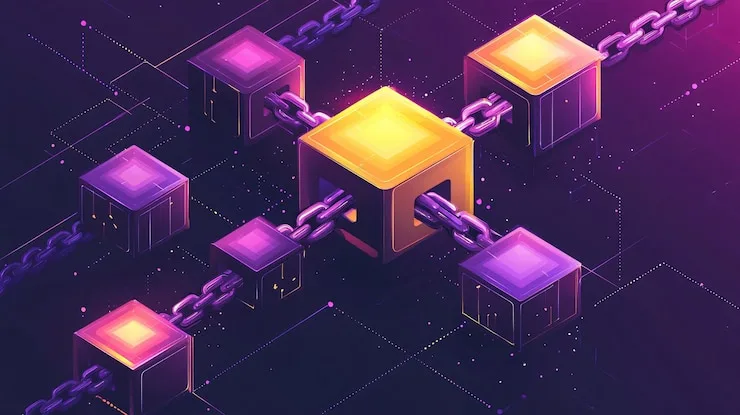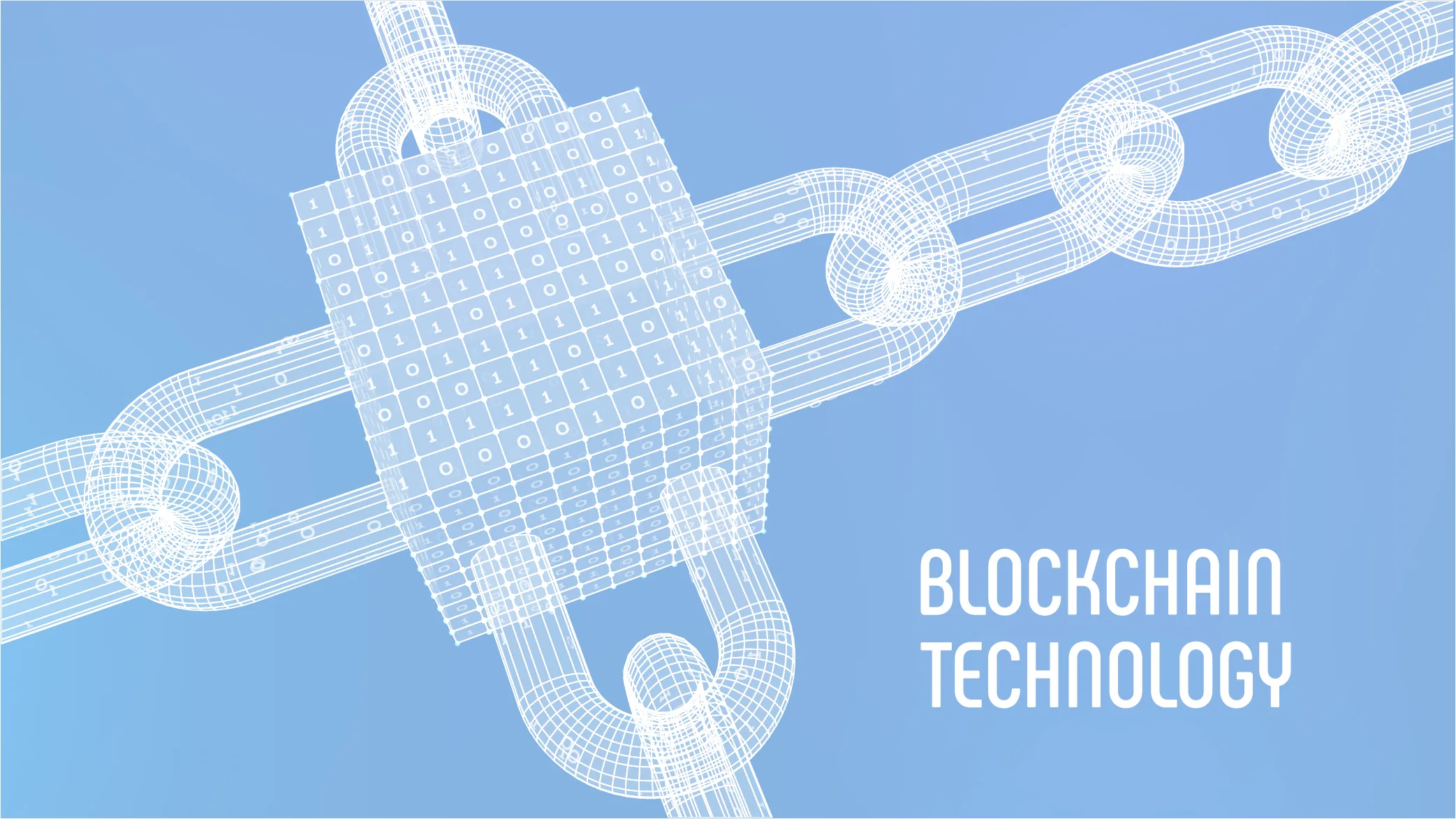- 1. Understanding the Internet Evolution: From Web1 to Web3
- 2. Defining Web2 vs Web3: Core Principles and Frameworks
- 3. Key Technological Differences Between Web2 and Web3
- 4. User Experience in Web2 vs Web3
- 5. Real-World Examples: Platforms in Web2 vs Web3
- 6. Advantages and Disadvantages of Web2 and Web3
- 7. How Web3 is Transforming Education and Student Learning
- 8. The Future of the Internet: Web2 vs Web3 Coexistence
- 9. Web2 vs Web3 Comparison Table (At a Glance)
- Frequently Asked Questions
- 11. Conclusion: Why Students Should Care About Web2 vs Web3
1. Understanding the Internet Evolution: From Web1 to Web3
1.1 What Was Web1? The Static Web Era
The first generation of the internet, known as Web1, emerged in the early 1990s. This period was defined by static web pages and limited user interaction. Websites were read-only; users could view information but not contribute or engage. The content was primarily text-based, with minimal graphics and no social media.
Think of Web1 as an online library—vast but silent. Only webmasters and developers could create or update content, making it a one-way communication channel. Popular Web1 technologies included HTML, HTTP, and early browsers like Netscape.
While Web1 laid the foundation for global connectivity, it lacked interactivity and personalization. That changed dramatically with the rise of Web2.
1.2 The Rise of Web2: The Interactive Internet
Web2 began around the early 2000s and introduced the read-write web, enabling users to interact with and contribute to online content. Platforms like Facebook, YouTube, Wikipedia, and Twitter revolutionized how people communicated and shared information.
Key innovations of Web2 include:
-
User-generated content: Blogs, social media posts, and videos.
-
Dynamic web applications: Websites that adapt and respond to user input.
-
Cloud computing: Hosting and storage services that allowed scalability.
-
APIs and integrations: Enabling applications to communicate seamlessly.
In Web2, users became both consumers and creators. However, large corporations like Google and Meta began to dominate, centralizing control and monetizing user data through targeted advertising. This sparked debates around data ownership and privacy, setting the stage for Web3’s emergence.
1.3 The Emergence of Web3: The Decentralized Revolution
Web3 represents the next generation of the internet, focused on decentralization, blockchain technology, and user empowerment. Instead of relying on centralized servers, Web3 applications (known as dApps) operate on peer-to-peer networks, where no single entity controls the system.
The goal of Web3 is to return ownership to users — giving them control over their data, digital identities, and financial interactions. Technologies like blockchain, smart contracts, and cryptocurrencies enable transparency, trust, and automation without intermediaries.
In simple terms, if Web2 was about participation, Web3 is about ownership.
2. Defining Web2 vs Web3: Core Principles and Frameworks
Understanding the core principles of both Web2 and Web3 helps clarify why they are fundamentally different.
2.1 Ownership and Control
-
Web2: Data and content are hosted on centralized servers controlled by corporations. When you post on Instagram, your content technically belongs to Meta.
-
Web3: Users retain ownership of their digital assets and data. Through decentralized identifiers (DIDs) and blockchain wallets, users have full control of their online identity.
2.2 Architecture and Infrastructure
-
Web2: Operates on client-server architecture. A few centralized entities manage servers that handle millions of requests.
-
Web3: Uses distributed ledger technology (DLT), where multiple nodes validate and store data collectively, ensuring transparency and resistance to censorship.
2.3 Monetization Models
-
Web2: Revenue is mainly ad-driven, with companies monetizing user data to sell targeted advertisements.
-
Web3: Monetization is token-based. Users earn through cryptocurrency rewards, NFTs, or decentralized finance (DeFi) mechanisms. This aligns incentives and promotes a user-centric economy.
3. Key Technological Differences Between Web2 and Web3
3.1 Blockchain and Decentralization
Blockchain is the backbone of Web3. It ensures immutability, transparency, and security by distributing records across a network of nodes. Unlike Web2’s databases, where data can be edited or deleted by central authorities, blockchain data is permanent and traceable.
Decentralization removes single points of failure, making Web3 systems resilient against censorship and outages.
3.2 Artificial Intelligence and Smart Contracts
Web3 incorporates AI and smart contracts to automate decision-making and transactions. A smart contract is a self-executing piece of code stored on the blockchain that runs automatically when predefined conditions are met.
For example, in a decentralized learning platform, a smart contract could issue a blockchain certificate automatically when a student completes a course.
3.3 Tokenization and NFTs
Web3 introduces tokenization, allowing digital and physical assets to be represented as tokens on a blockchain. Non-Fungible Tokens (NFTs) are unique digital certificates that verify ownership of items like art, music, or credentials.
For students, NFTs could represent academic achievements, portfolios, or creative works, securely stored and easily shared.
3.4 Data Storage and Security Mechanisms
Web2 relies on cloud servers owned by tech giants, making them vulnerable to data breaches. Web3 replaces this with distributed storage systems like IPFS (InterPlanetary File System) and Arweave, where files are fragmented and stored across multiple nodes.
This decentralized storage ensures greater privacy, security, and resistance to manipulation.
4. User Experience in Web2 vs Web3
4.1 Accessibility and Interface Design
Web2 platforms are designed for ease of use, with user-friendly interfaces and instant access. However, users trade privacy for convenience.
Web3 platforms, though more complex, are becoming more intuitive with technologies like Web3 wallets, browser extensions, and AI assistants. The goal is to combine decentralization with seamless user experience.
4.2 Privacy, Data Control, and Digital Identity
Privacy is one of Web3’s strongest advantages. In Web2, users share personal data without knowing how it’s used. Web3 shifts power back to the user with self-sovereign identities (SSI) and zero-knowledge proofs (ZKPs) — enabling verification without revealing sensitive details.
Students can benefit from these mechanisms when applying for jobs or educational programs, ensuring that only relevant credentials are shared securely.
5. Real-World Examples: Platforms in Web2 vs Web3
5.1 Web2 Examples: Facebook, YouTube, and Google
These platforms dominate the Web2 ecosystem. While they offer free access, they monetize user activity. Algorithms prioritize content for engagement, not necessarily accuracy, and users rely on centralized moderation.
5.2 Web3 Examples: Ethereum, IPFS, and Decentraland
-
Ethereum: Enables smart contracts and dApps, forming the foundation of Web3.
-
IPFS: A decentralized file-sharing protocol that stores and retrieves files using a distributed network.
-
Decentraland: A virtual world where users can buy and sell virtual land using cryptocurrency.
These platforms reflect Web3’s peer-to-peer and trustless nature.
6. Advantages and Disadvantages of Web2 and Web3
6.1 Benefits of Web2
-
Easy access and high scalability
-
Mature ecosystem with proven business models
-
Centralized maintenance and support
6.2 Limitations of Web2
-
Lack of user ownership
-
Data privacy concerns
-
Vulnerability to censorship
6.3 Benefits of Web3
-
Full data ownership and transparency
-
Decentralization eliminates intermediaries
-
Enhanced privacy and control
6.4 Challenges of Web3
-
Complex user experience
-
High transaction costs (gas fees)
-
Regulatory uncertainty
7. How Web3 is Transforming Education and Student Learning
7.1 Blockchain Credentials and Diplomas
Universities are experimenting with blockchain-based certification systems. Students can now verify their degrees and credentials on public ledgers, reducing fraud and administrative overhead.
7.2 Decentralized Learning Platforms
Web3 enables peer-to-peer education where teachers and students interact directly without intermediaries. Platforms reward learners with tokens for participation or contributions, promoting community-driven education.
7.3 Student Empowerment through Tokenization
Students can create and sell NFTs representing projects, artwork, or innovations. This introduces ownership-based learning and new monetization opportunities for creative students.
8. The Future of the Internet: Web2 vs Web3 Coexistence
8.1 Hybrid Models of Web2.5
We are currently in a transitional phase, often called Web2.5, where companies combine Web2’s usability with Web3’s decentralization. Examples include Reddit’s tokenized communities and Twitter’s integration of NFTs.
8.2 The Role of Regulation and Governance
Governments and organizations are developing policies to ensure transparency, consumer protection, and fair use in decentralized ecosystems. Responsible regulation will be key to Web3’s mainstream adoption.
9. Web2 vs Web3 Comparison Table (At a Glance)
| Aspect | Web2 | Web3 |
|---|---|---|
| Control | Centralized | Decentralized |
| Data Ownership | Company-owned | User-owned |
| Technology | Cloud-based | Blockchain-based |
| Monetization | Ads, data sales | Tokens, crypto rewards |
| Security | Vulnerable to breaches | Enhanced via encryption |
| Governance | Corporate | Community-driven |
| Example | Ethereum |
Frequently Asked Questions
11. Conclusion: Why Students Should Care About Web2 vs Web3
The shift from Web2 to Web3 marks a technological and philosophical evolution. Web2 democratized content creation, while Web3 democratizes ownership and governance. For students, this transition opens a new era of opportunity — from career prospects in blockchain and AI to greater digital autonomy.
Embracing Web3 today means being prepared for the future of the internet, where creativity, control, and collaboration define the online experience.




Discussion (0)